mista min
Well-known member
- Joined
- Jan 21, 2011
- Messages
- 113
Here is a complete dissection of a one of CAD's best microphones. This one is made in America and has the original OS 110 capsule that CAD manufactured in it's facilities in Ohio.
I hope we can have a cool conversation about this microphone, because it is literally amazing. I've put it up next to all different Neumann's and Telefunken's and to me just takes the prize for best sounding male vocal mic... even an original Neumann U47 with K47 capsule that my buddy owns.
Here are the pics
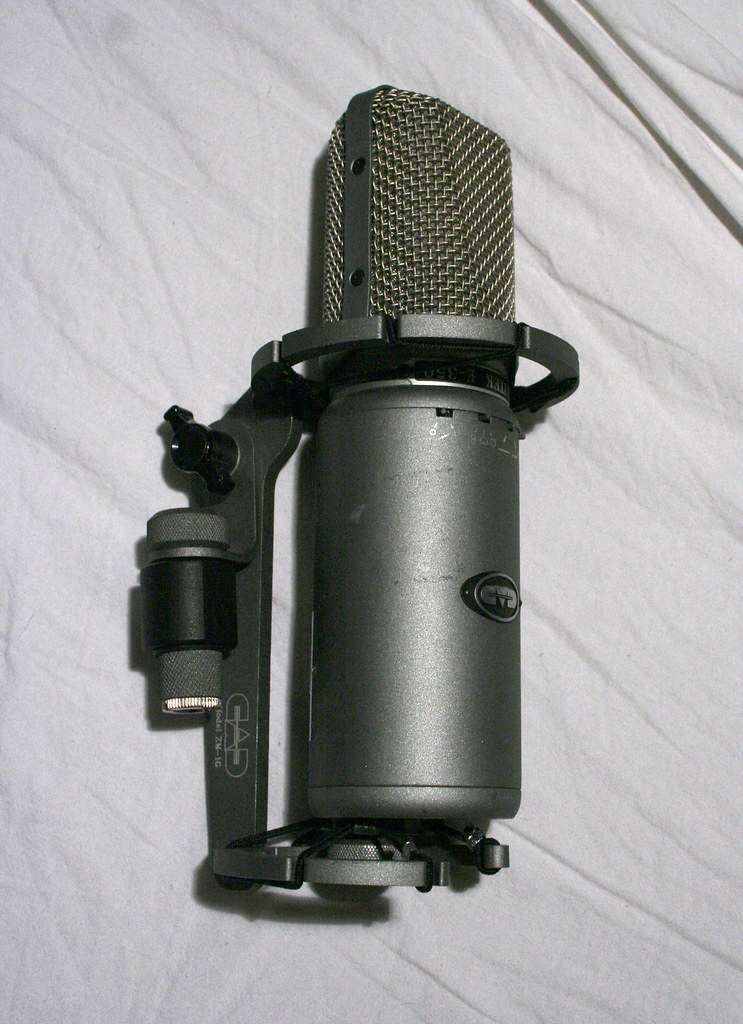
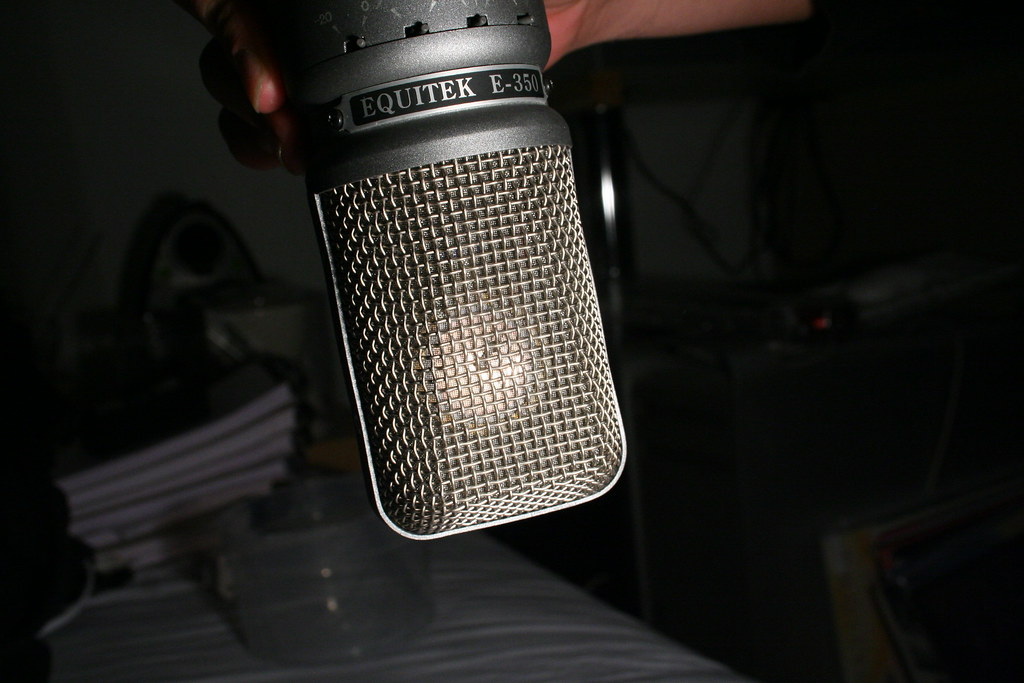

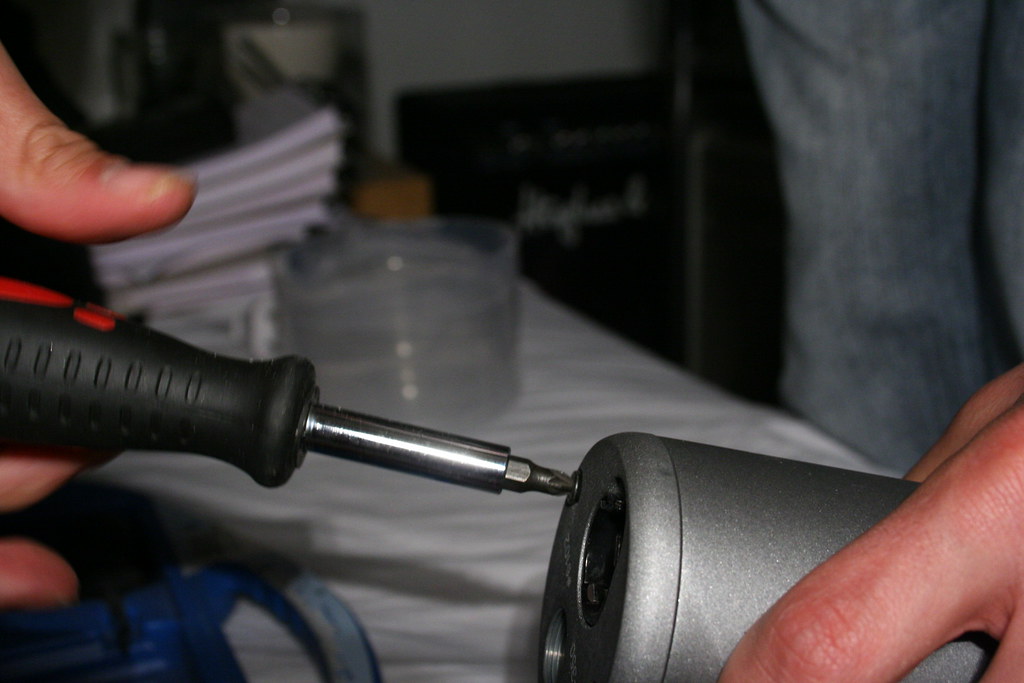
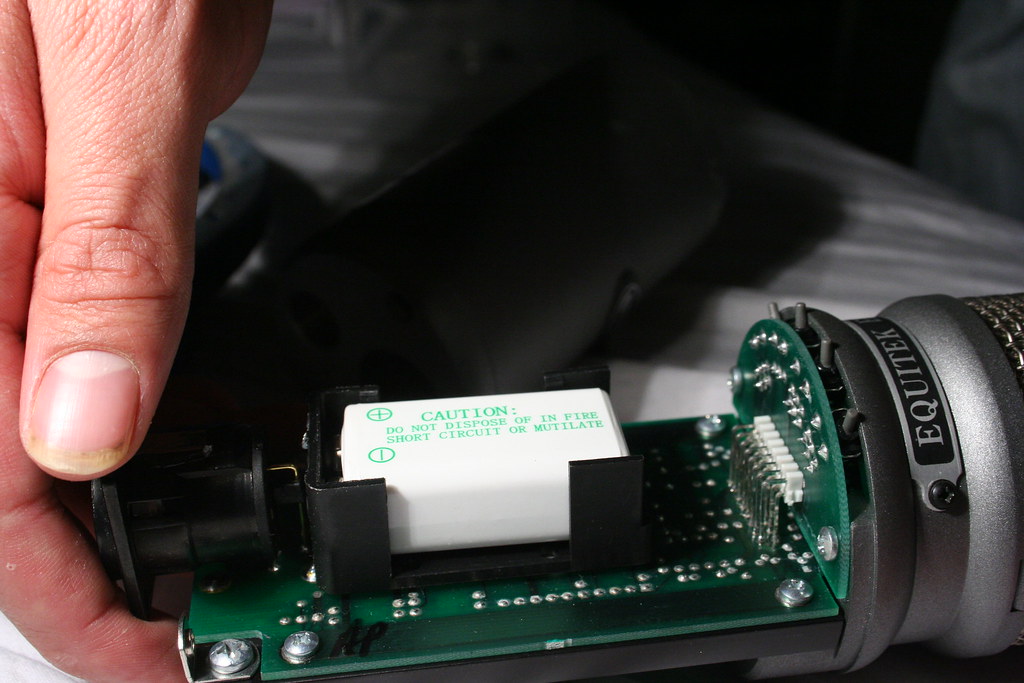
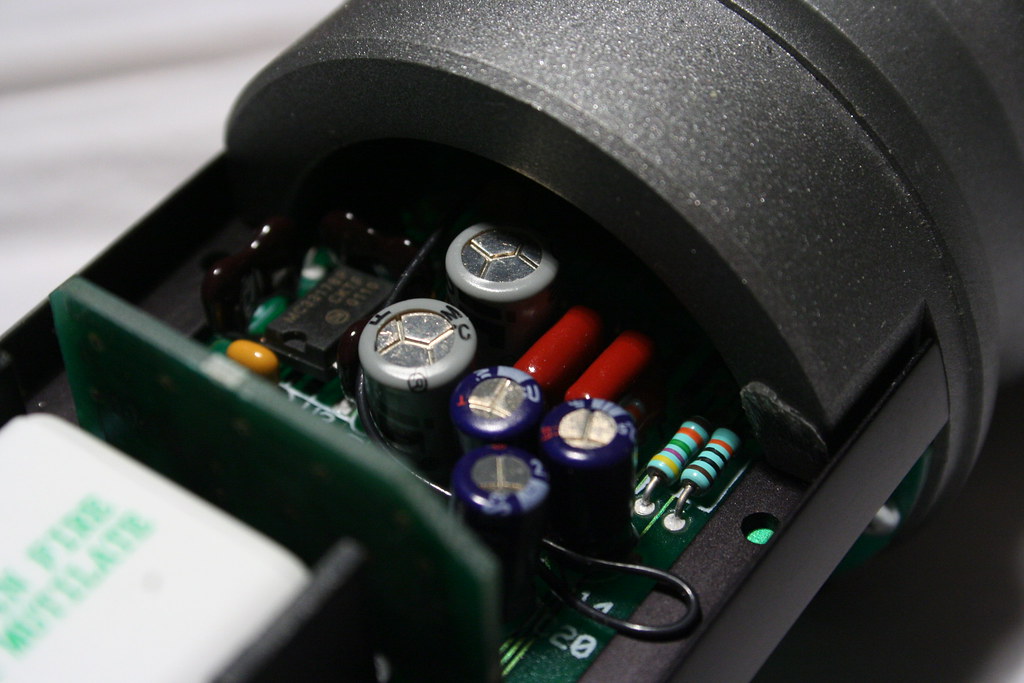
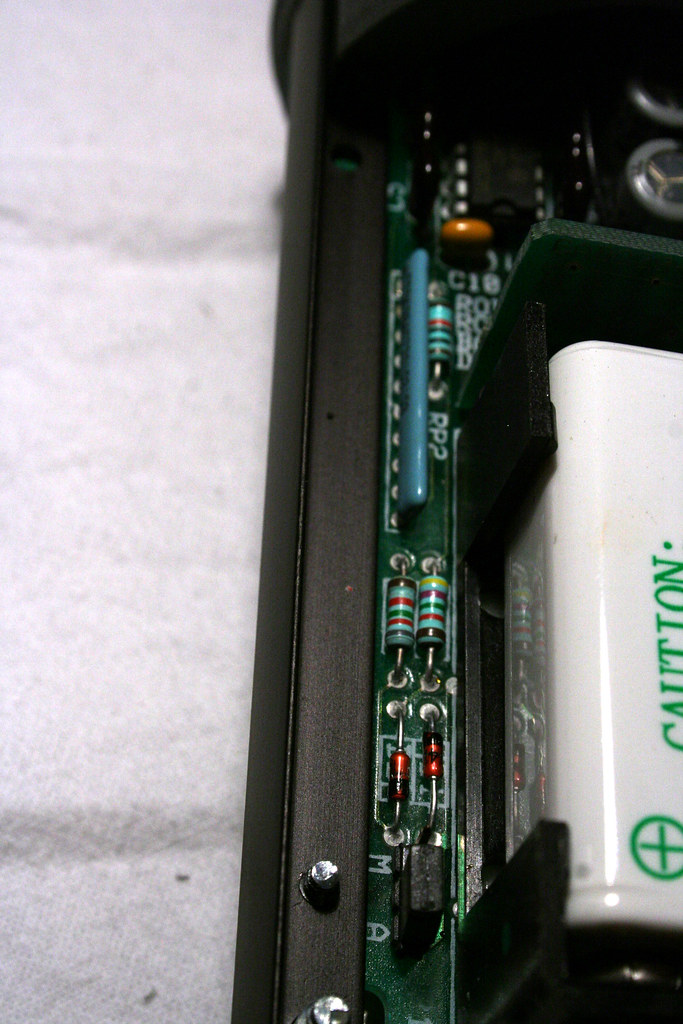
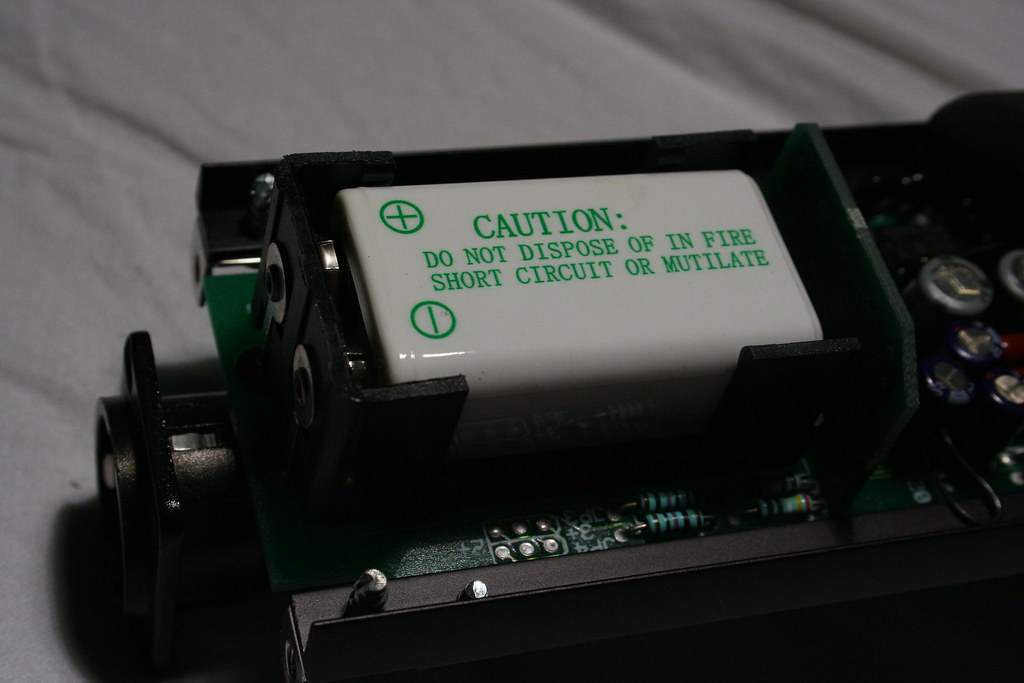
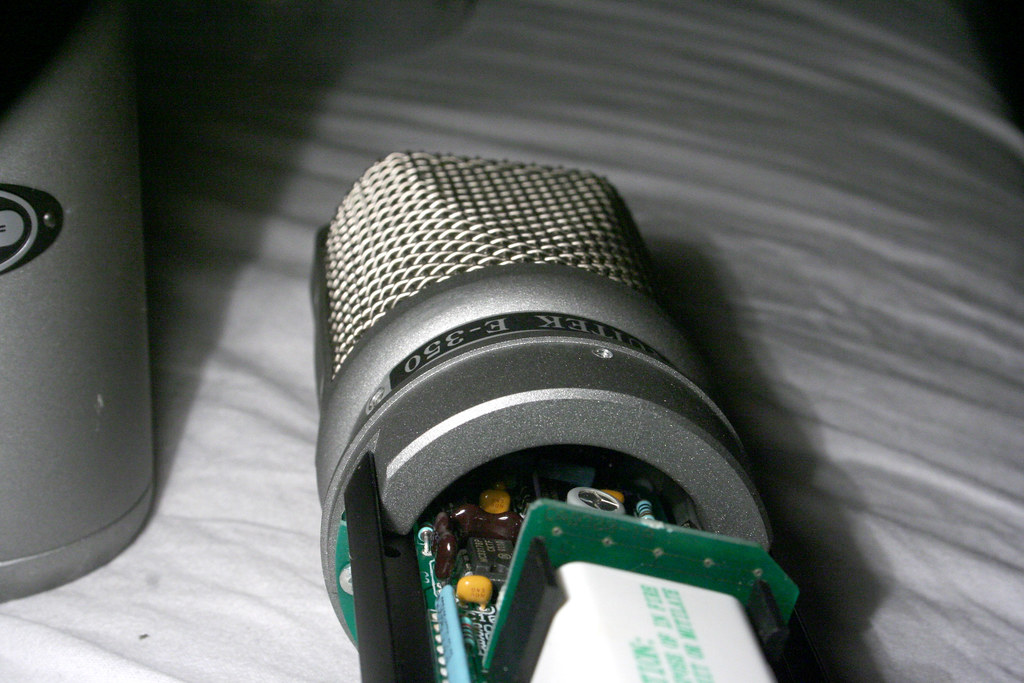
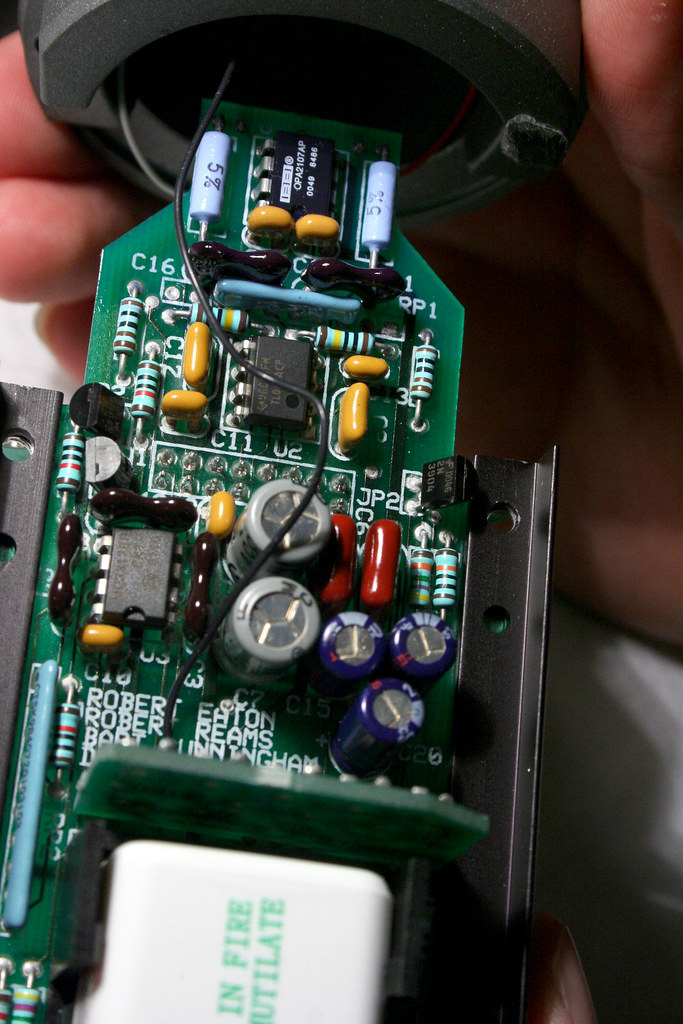
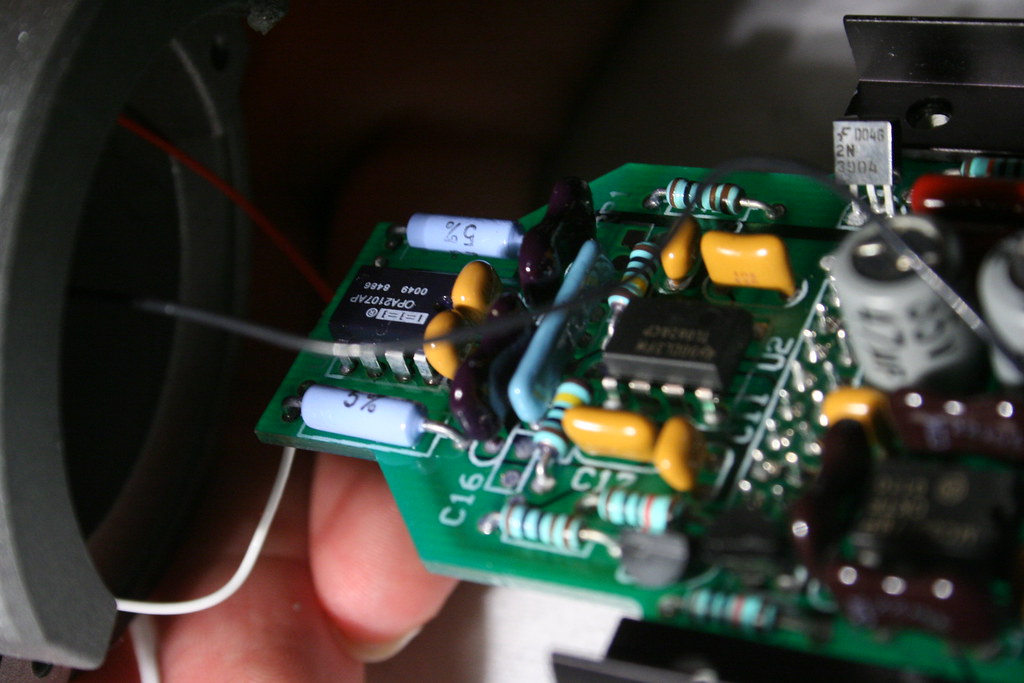
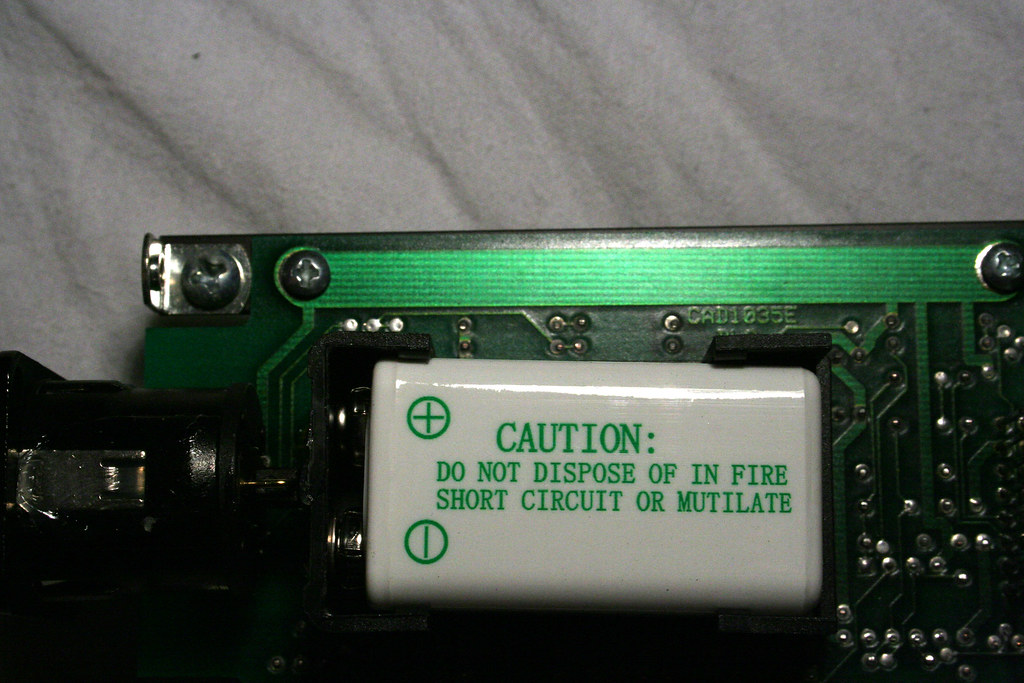
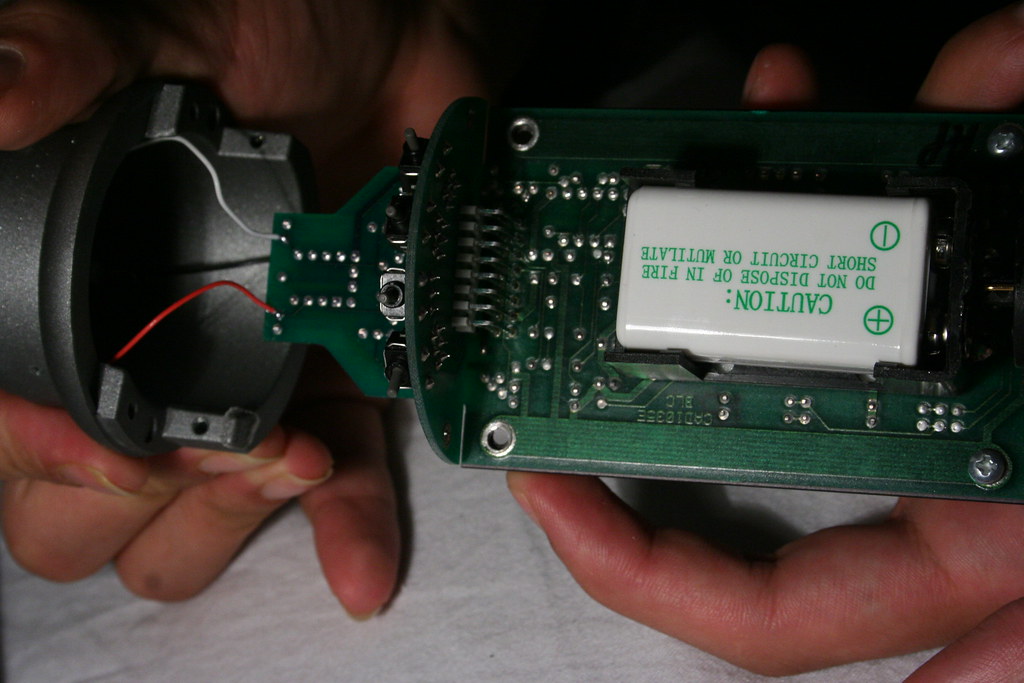
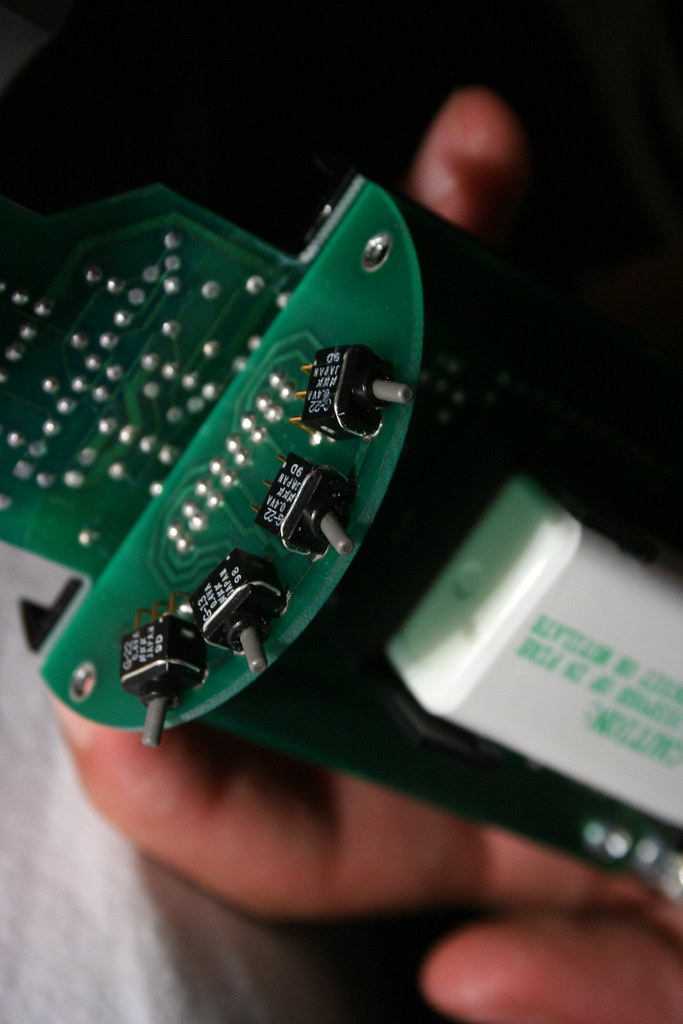
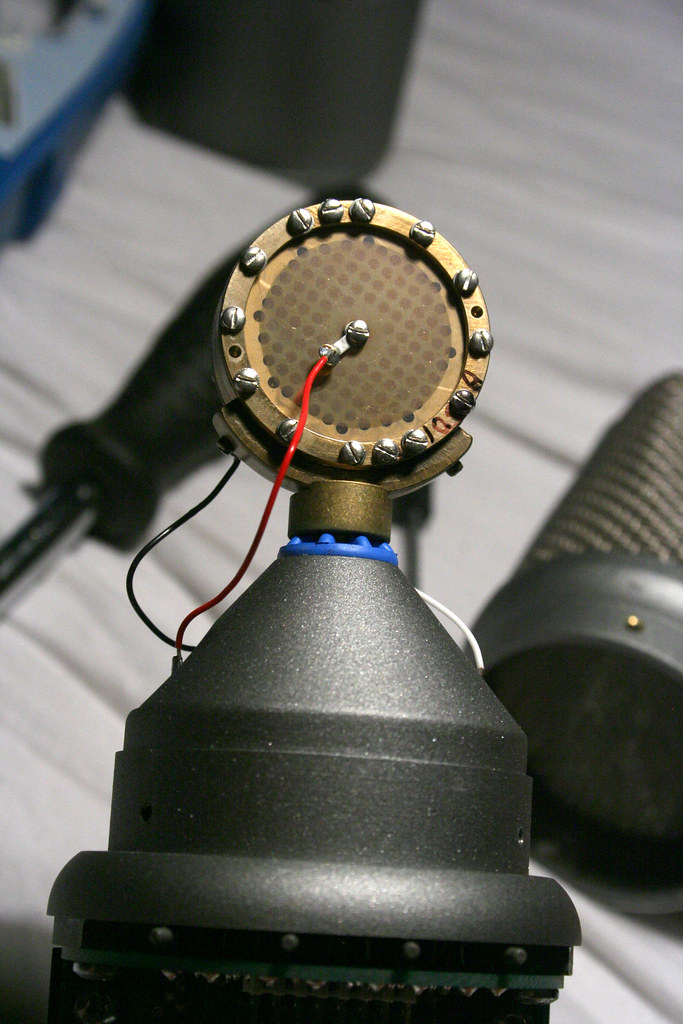
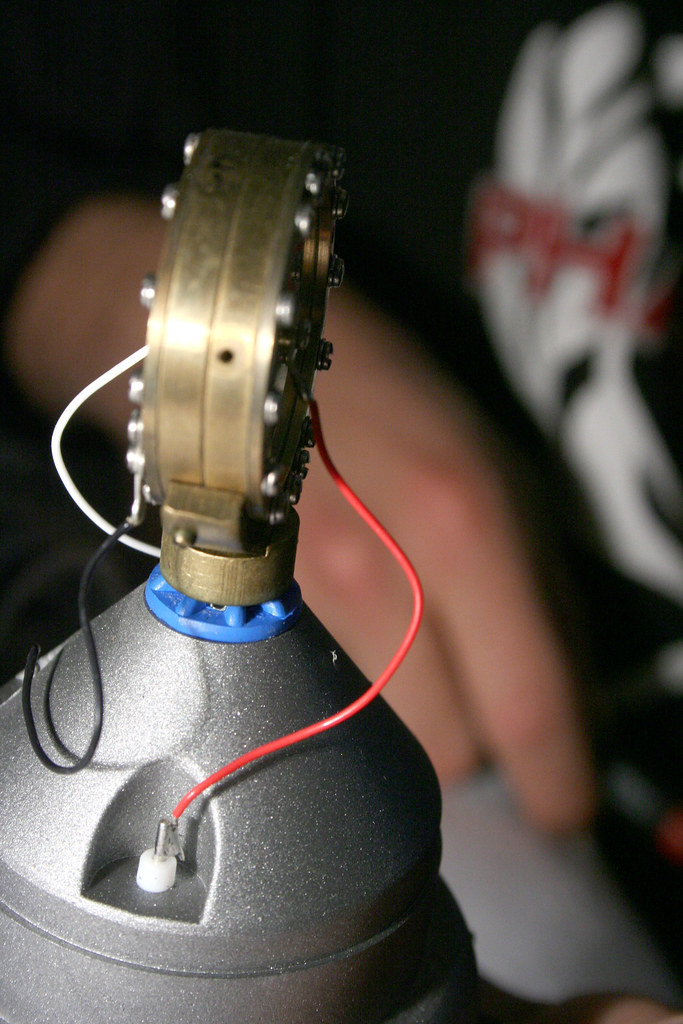
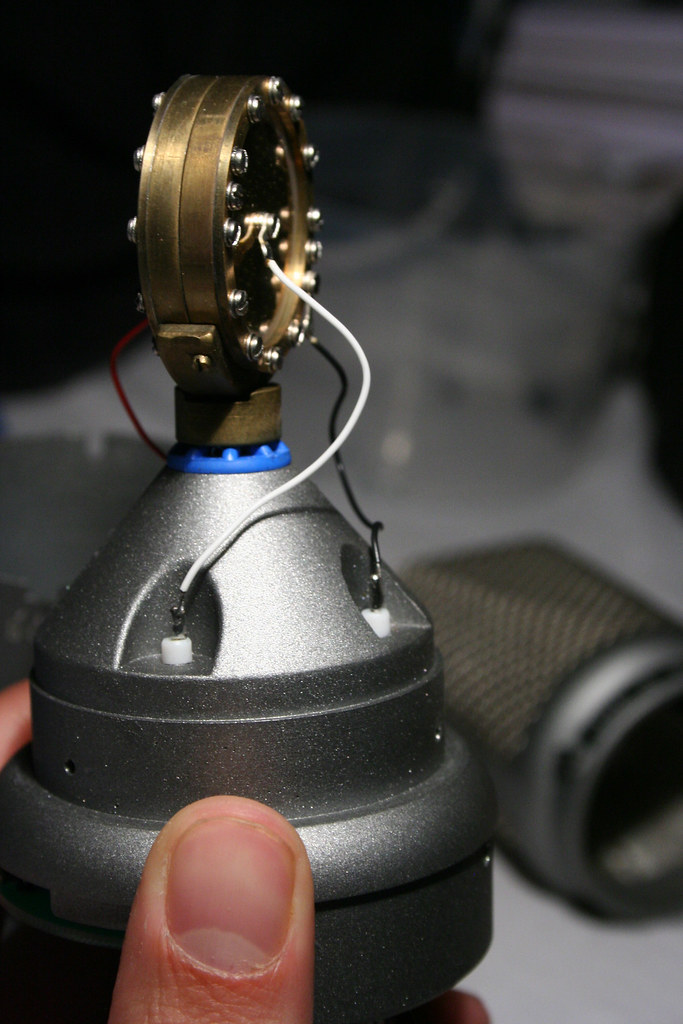
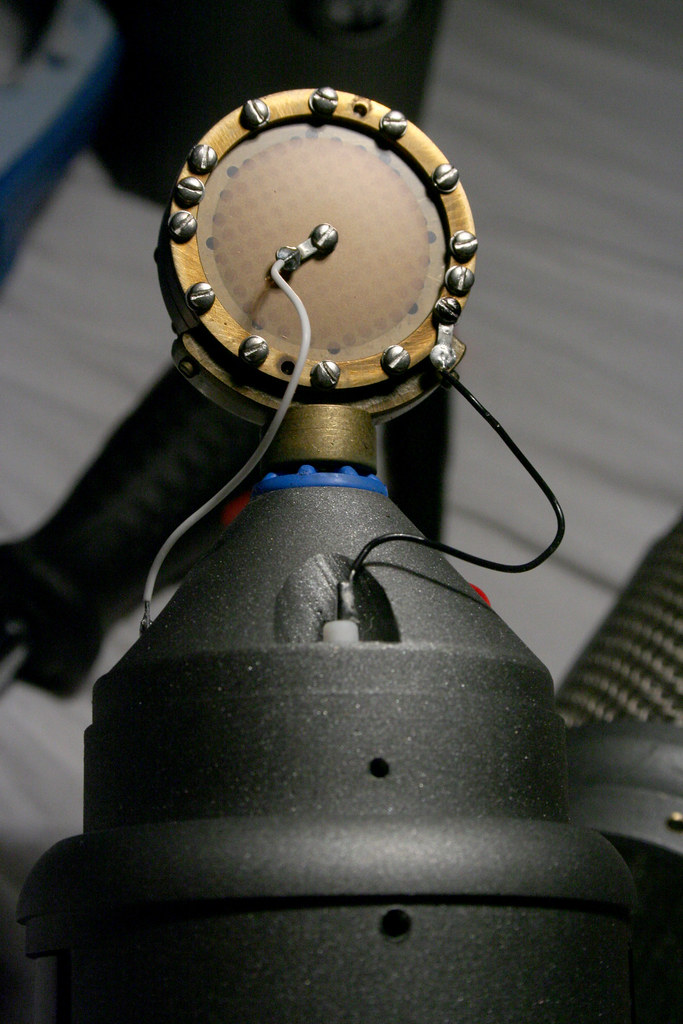
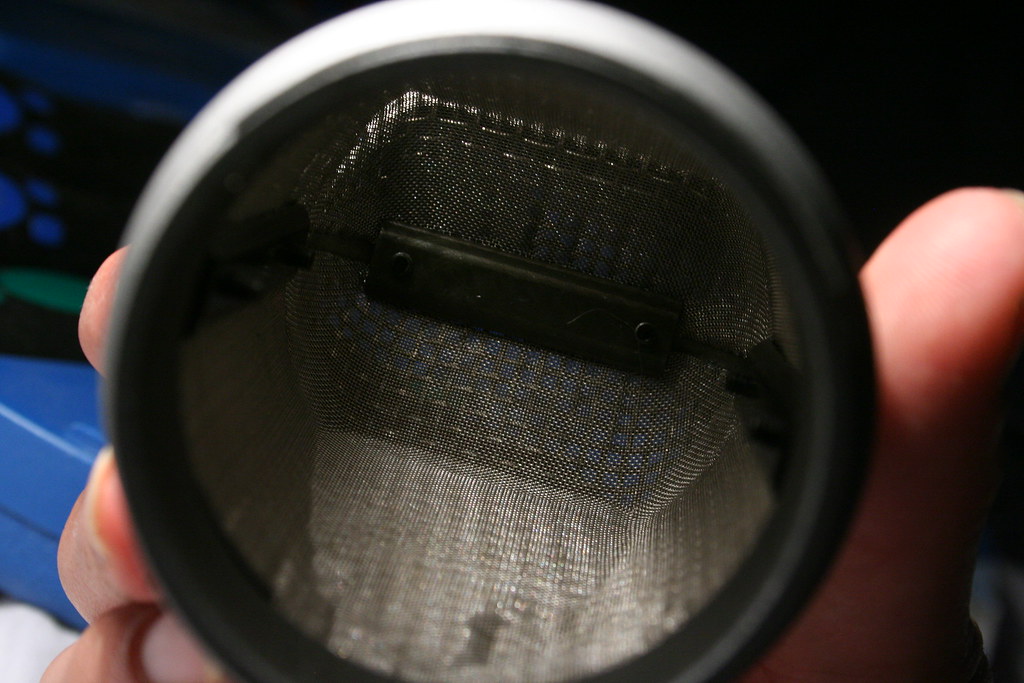
This took me a bit of today to take these pictures... I hope we can really learn something from this mic's design. I don't know any other company using opamps for the amplifiers...
Thanks,
min
I hope we can have a cool conversation about this microphone, because it is literally amazing. I've put it up next to all different Neumann's and Telefunken's and to me just takes the prize for best sounding male vocal mic... even an original Neumann U47 with K47 capsule that my buddy owns.
Here are the pics



















This took me a bit of today to take these pictures... I hope we can really learn something from this mic's design. I don't know any other company using opamps for the amplifiers...
Thanks,
min



